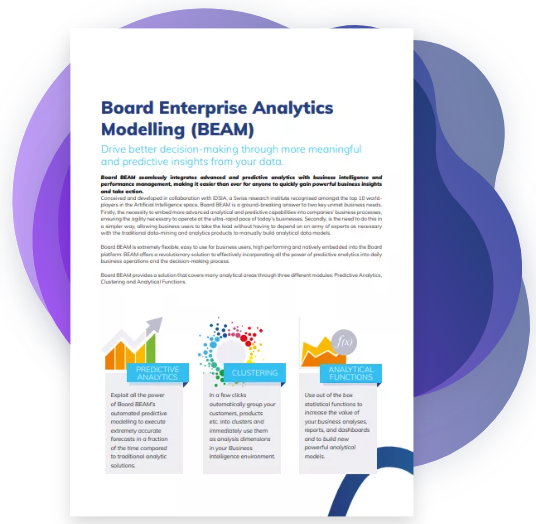Board capability: Simulation.
Plan across multiple scenarios at speed.
Board provides the capability to quickly create simulation models that reflect your business challenges, equipping you with the analytical intelligence to evaluate potential impacts before decisions are made. This agility and speed overcome the limitations of traditional solutions.
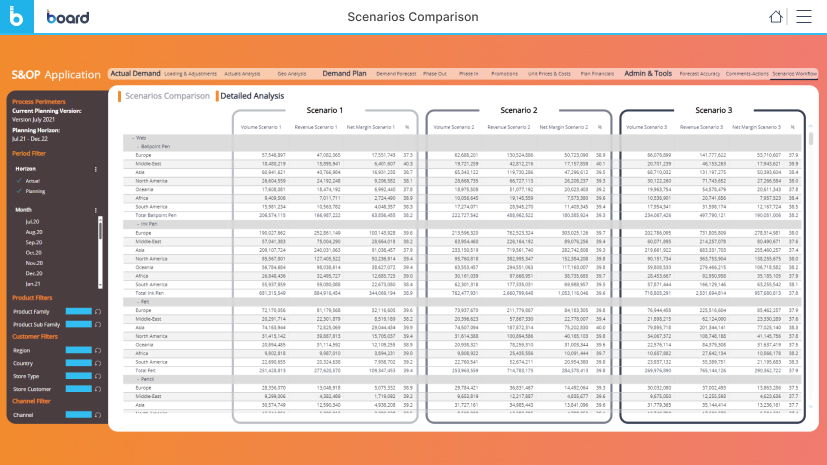
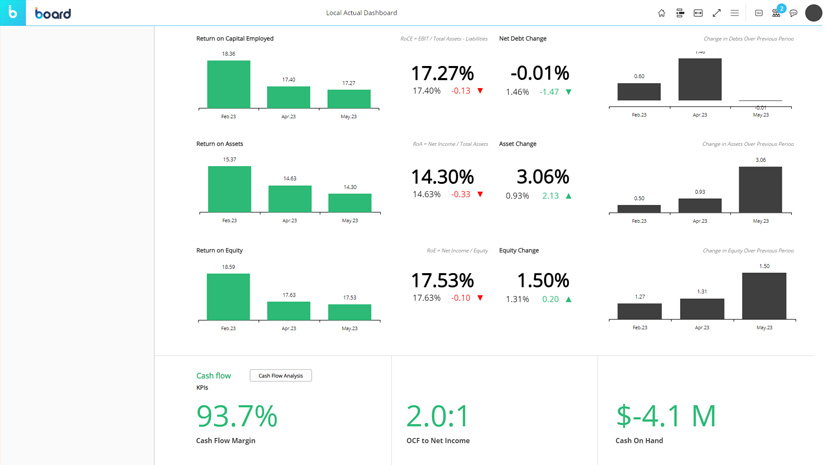
Create sophisticated business models.
Board enables users to translate business processes into predictive models, allowing for the assessment of decision impacts on organizational performance. Features like real-time data aggregation, calculations, allocations, and business rules make understanding potential outcomes straightforward.
Example: In a classic Board model, a change in fixed cost allocation can instantly reflect in EBIT calculations by products, channels, and customers.
Increase efficiency with real-time modeling.
Board supports real-time changes to models, data allocation, and calculations, handling large and complex data sets efficiently. New business units, products, markets, or investments can be inserted during simulation or planning, with changes automatically allocated across all dimensions and hierarchies.
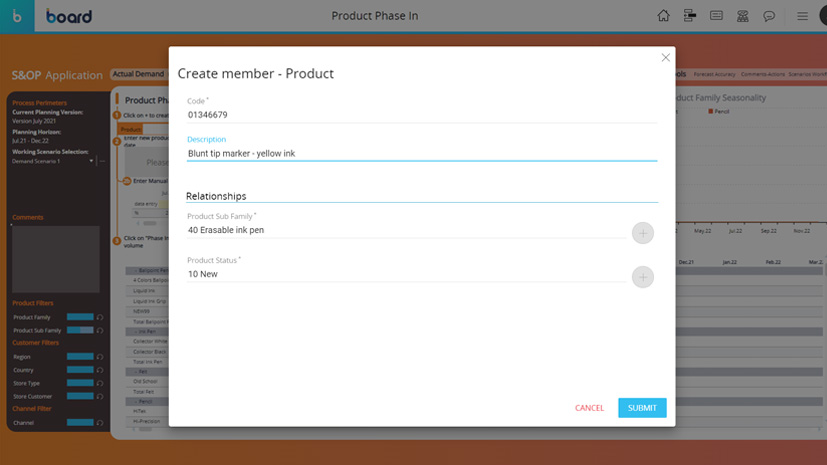
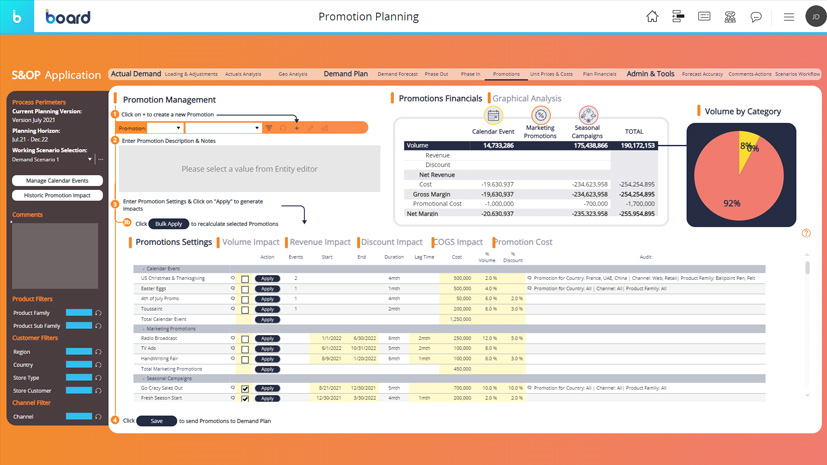
Revolutionize What-If analysis.
Board’s unique Reverse Algorithm allows changes to be reflected in calculated fields, enabling top-down, bottom-up, or middle-out allocation across any dimensions. This dual functionality for cells (both input and output) surpasses the limitations of traditional spreadsheets, enhancing user experience.
Automate predictive modeling.
Powered by Board BEAM, the inherent data simulation software in Board automates predictive modeling to evaluate time series characteristics, produce suitable models, and run forecasts with extreme accuracy at high speed. Forecast results are integrated into the Board environment, embedding predictive analytics into any simulation application.
